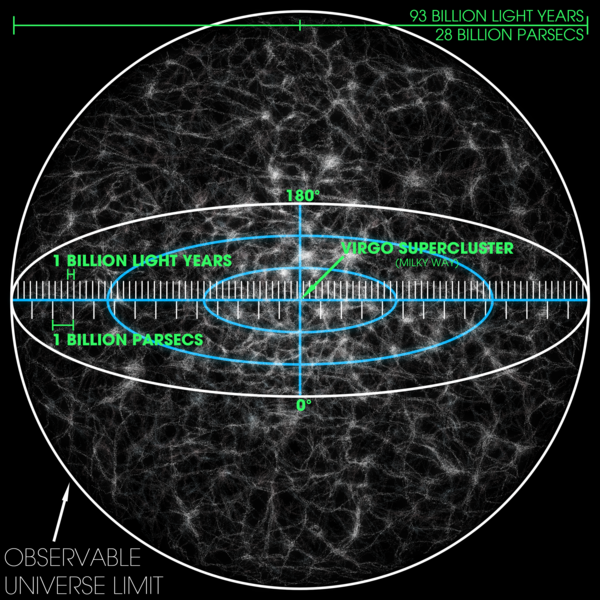
Image 1 Caption: A 16th century engraving of Ptolemy (c.100--c.170 CE) being guided in his observations by Urania (AKA Astronomia), muse of astronomy---astronomy is the only science with a muse.
Ptolemy is wearing a crown because the Middle Ages and Renaissance tended assimilate him to the Ptolemaic dynasty (305--30 BCE) that ruled Hellenistic Eygpt---Cleopatra (69--30 BCE) was the last monarch (a queen regnant) of that dynasty.
Ptolemy may be observing the
fixed stars----which
Isaac Newton (1643--1727)
theorized as defining the the singular fundamental
inertial frame: i.e.,
Newton's absolute space.
This theory was wrong.
For the modern view of
inertial frame,
see Mechanics file:
frame_basics.html.
Explication of the term fixed stars:
Yours truly usually means
the traditional
fixed stars
when yours truly says
fixed stars.
The Fixed Stars:
Images:
Local file: local link: ptolemy_muse.html.
Image link: Wikipedia:
File:Ptolemy urania.jpg.
Image link: Wikipedia:
File:Observable Universe with Measurements 01.png.
File: Ptolemy file:
ptolemy_muse.html.
